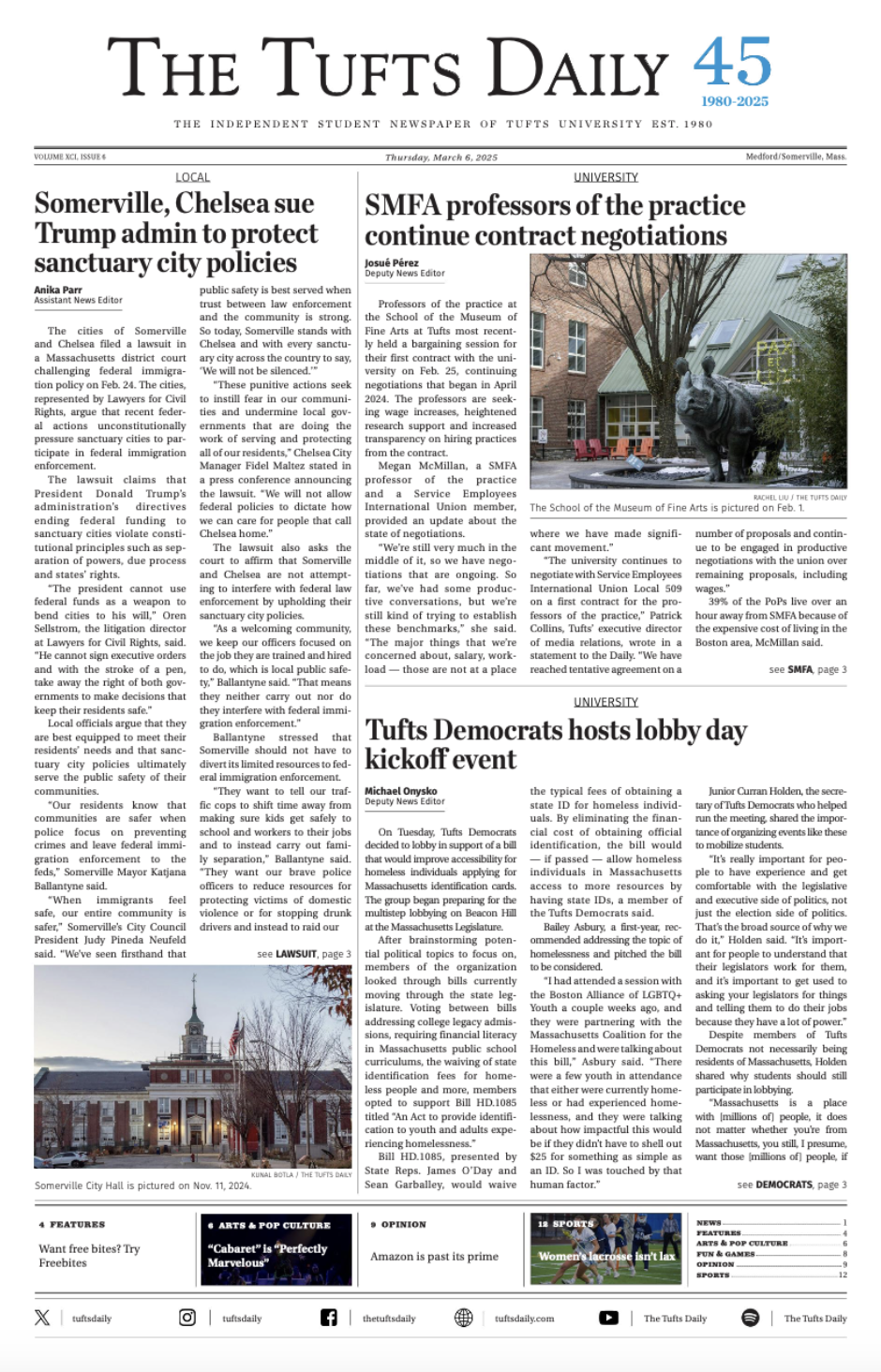There are occasions where a comic’s plot is so bizarre, so out there and yet so ingenious that I curse myself for not coming up with it myself. A prime example: "JLA: Tower of Babel." Collected in JLA Vol. 4 (2014) and written by Mark Waid, “Tower of Babel” sees the world’s ability to process language suddenly failing.Signs and newspapers become mishmashes of random gibberish, and the cause is a mystery. At the same time, each member of the Justice League is under attack by a shadowy enemy with weapons specifically targeting their individual weaknesses.
The attacks range from the deeply ironic (Aquaman becomes a hydrophobe) to the downright terrifying (the Flash suffers from “lightspeed epilepsy”). As if the day couldn’t get much worse, the bodies of Batman’s parents have been stolen right out of their graves, leading the Dark Knight on a crusade to recover them. The League is ultimately victorious, but the victory does reveal a secret that rocks the League to its core and a permanent mark on one of its members.
Any of you who have seen the animated film "Justice League: Doom" (2012) (which is based on the storyline) know where this is going, but for those of you who haven’t, I’ll let you in on the twist: each attack was based on Batman's plans to defeat the Justice League. Basically, if you’ve ever wondered where the “Batman is a god who can beat anyone” mindset comes from, this book answers that question.
There’s an interesting argument as to why Batman had methods of disposing of each member of the League, as the man himself puts it “I decided there ought to be fail-safes” with Superman replying, “You decided." With these two words, Waid manages to communicate Batman’s motivation: a man with tremendous power has just questioned why a mortal man needs reassurance against his might. What fascinates me, though, is the way that Waid manages to show Superman’s viewpoint throughout the rest of the arc, as we see the horrors that can occur from unregulated, paranoia about superhumans. Here Waid illustrates the true effect of a conflict between man and Superman, arguing that a man with bulletproof skin only makes a case for stronger bullets.
The debate is so fascinating, in fact, that the rest of the book (i.e., Ra’s al Ghul and the League of Assassins are behind the linguistic attack, Batman gets an offer to resurrect his parents, etc.) is overshadowed by this fantastic conflict. What we have here is a prime example of the cerebral heights that a talented writer can bring to a superhero book, breaking down the divine images of superheroes into just a group of scared people with more power than anyone should be allowed to have. “Tower of Babel” is my personal vote for the most human Justice League story I have ever read, and I can’t recommend it highly enough for those looking for a debate on the morality of superheroes.
More from The Tufts Daily





